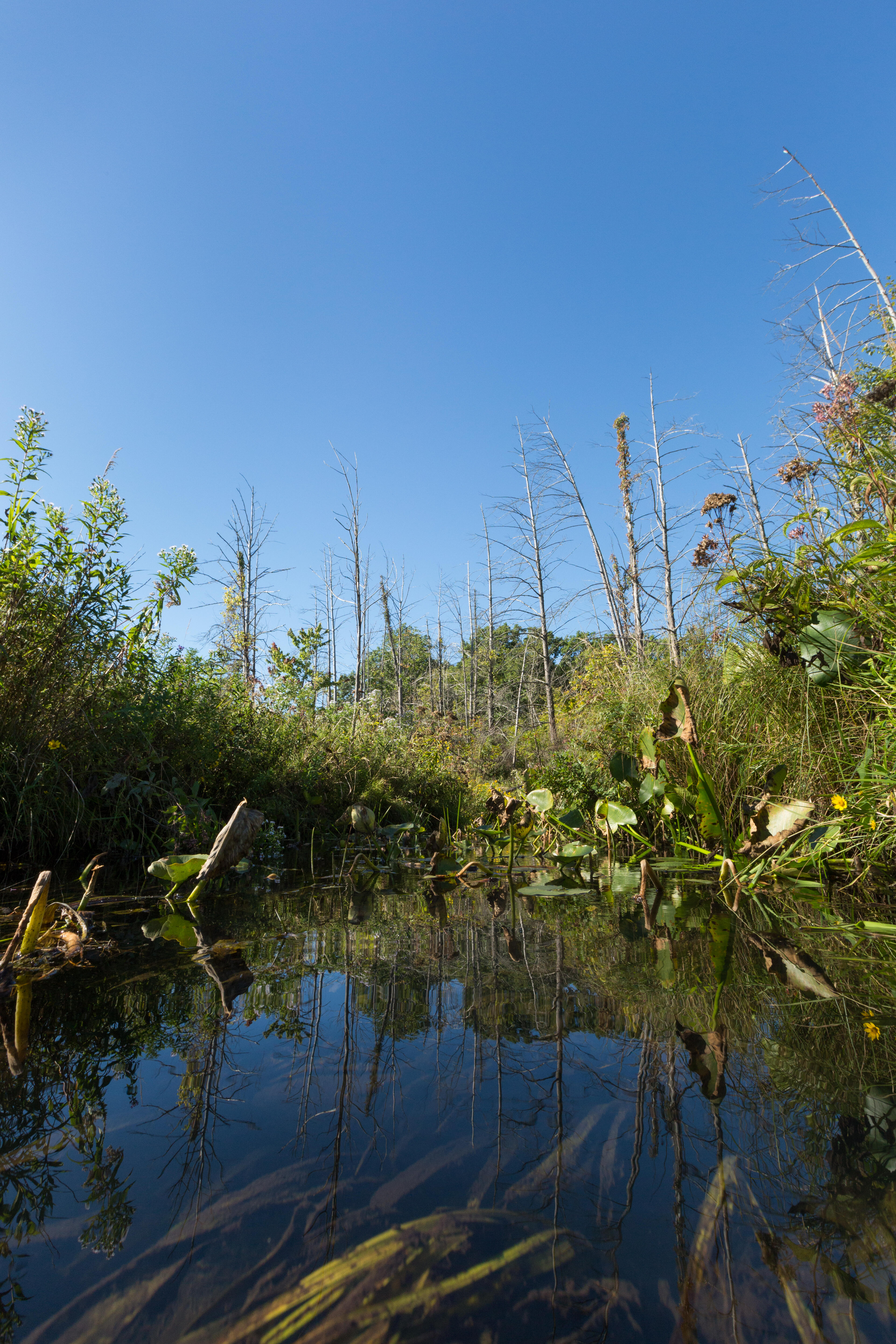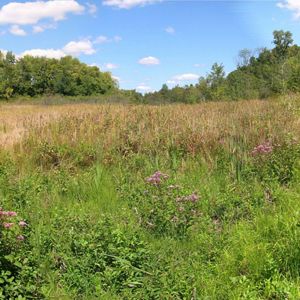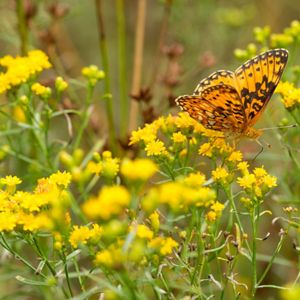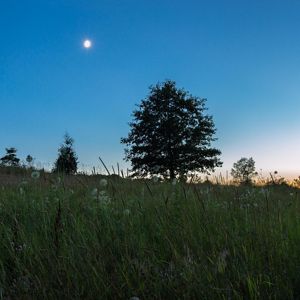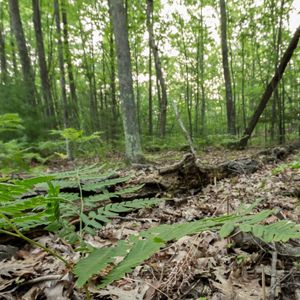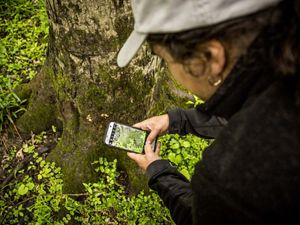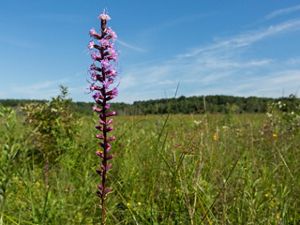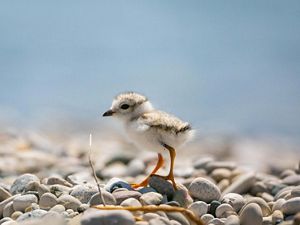Description
See the start of Michigan's longest river as you walk through the beautiful wooded wetlands of the Grand River Fen Preserve. Native butterflies occur in very high abundance at the fen. This site has long been known by lepidopterists for its diversity of these beautiful insects. Species like the Baltimore checkerspot may follow you around, seeking the salt in your sweat.
Several species of the showy plant, blazing star, occur in the fen. With a narrow spike of bright purple flowers, they somewhat resemble the invasive plant, purple loosestrife, but these are all native.

